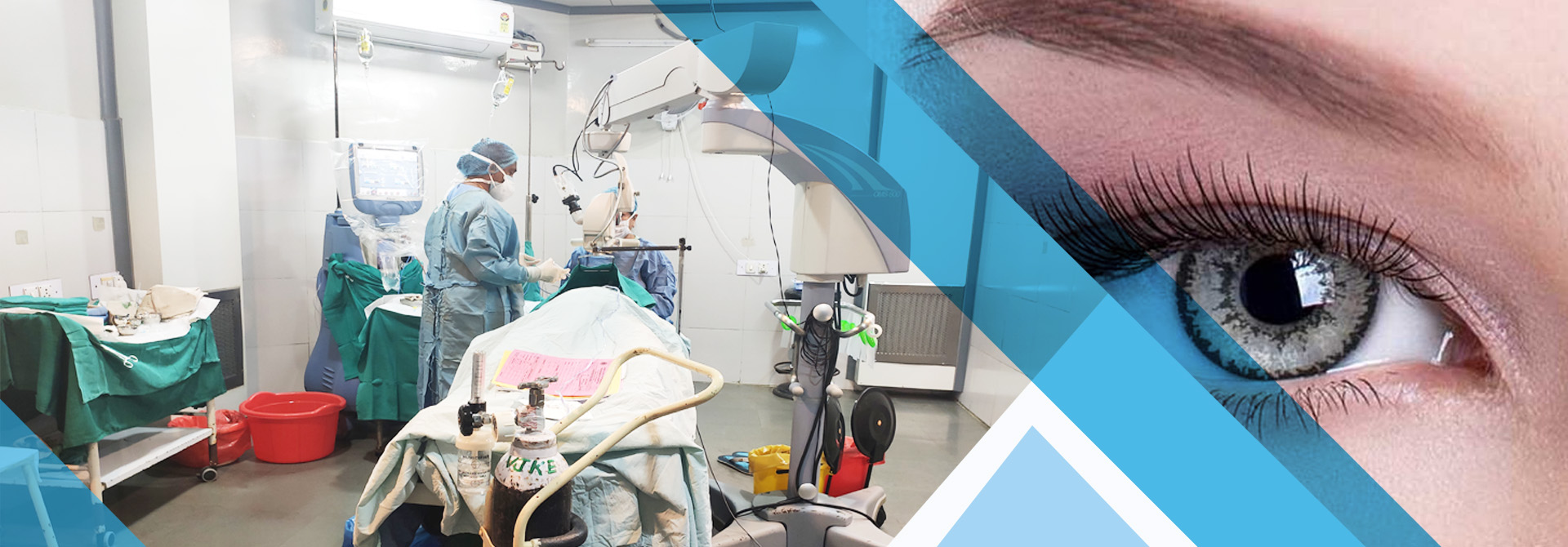

Understanding Cataracts and Their Impact
A cataract is a clouding of the eye's natural lens, leading to blurred vision and, if untreated, potential blindness.
Cataracts are primarily age-related but can also result from trauma, certain medications, or medical conditions like diabetes.
Symptoms include faded colors, difficulty with night vision, sensitivity to light, and frequent changes in prescription glasses.
Cataract Surgery: Procedure Overview
Cataract surgery involves removing the cloudy lens and replacing it with an artificial intraocular lens (IOL).
The procedure is typically performed on an outpatient basis and takes about 15 to 30 minutes.
There are two primary surgical techniques:
- Phacoemulsification: This modern method uses ultrasonic vibrations to emulsify the cataract, which is then suctioned out. A foldable IOL is inserted through a small incision, promoting faster healing.
- Manual Small Incision Cataract Surgery (MSICS): Common in developing countries, MSICS involves a slightly larger incision but doesn't require expensive equipment, making it cost-effective while still delivering excellent outcomes.
Success Rates of Cataract Surgery
Cataract surgery boasts high success rates globally:
- Global Perspective: Over 95% of patients experience improved vision post-surgery.
- India’s Scenario: In India, the success rate is approximately 98%, with a significant number of surgeries performed annually under national programs.
These high success rates are attributed to advancements in surgical techniques, better IOLs, and improved pre- and post-operative care.
Factors Influencing Success Rates
Several factors can influence the outcome of cataract surgery:
- Pre-existing Eye Conditions: Diseases like glaucoma, diabetic retinopathy, or macular degeneration can affect visual outcomes.
- Surgical Technique and Expertise: The surgeon's experience and the chosen surgical method play crucial roles.
- Post-operative Care: Adherence to post-surgery instructions, including medication and activity restrictions, ensures optimal healing.
Complications and Their Management
While cataract surgery is generally safe, potential complications include:
- Posterior Capsule Opacification (PCO): Often termed "secondary cataract," PCO causes vision to become cloudy again. It's treatable with a quick, painless laser procedure called YAG laser capsulotomy.
- Infections or Inflammation: Rare but can be managed effectively with prompt medical attention.
- Retinal Detachment: Extremely rare but requires immediate surgical intervention.
Overall, serious complications occur in less than 1% of cases.
Recovery and Post-operative Care
Post-surgery, patients often notice improved vision within a few days. Complete healing typically occurs within 4 to 6 weeks.
During recovery:
- Medications: Use prescribed eye drops to prevent infection and reduce inflammation.
- Activity Restrictions: Avoid strenuous activities, heavy lifting, and swimming for a few weeks.
- Follow-up Visits: Attend all scheduled appointments to monitor healing and address any concerns.
Advancements Enhancing Success Rates
Recent technological advancements have further improved cataract surgery outcomes:
- Femtosecond Laser-Assisted Cataract Surgery (FLACS): Offers increased precision, leading to better visual outcomes and faster recovery.
- Premium IOLs: Multifocal and toric lenses correct presbyopia and astigmatism, reducing dependence on glasses.
- Light Adjustable Lenses: Allow post-operative adjustments to fine-tune vision.
Cataract Surgery in India: A Closer Look
India has made significant strides in cataract surgery:
- Volume: Over 83.4 lakh cataract surgeries were performed in 2022-2023 under the National Programme for Control of Blindness and Visual Impairment.
- Accessibility: Institutions like Aravind Eye Hospitals have been instrumental in providing affordable and high-quality eye care.
- Public Awareness: Surveys indicate that while many Indians are willing to invest in cataract surgery, misconceptions still lead to delays. Efforts are ongoing to educate the public about the safety and benefits of timely surgery.
Conclusion
Cataract surgery stands as a testament to medical advancement, offering a safe and effective solution to restore vision. With success rates exceeding 95% globally and 98% in India, patients can approach the procedure with confidence. Timely intervention, skilled surgical hands, and adherence to post-operative care are key to achieving the best outcomes.
